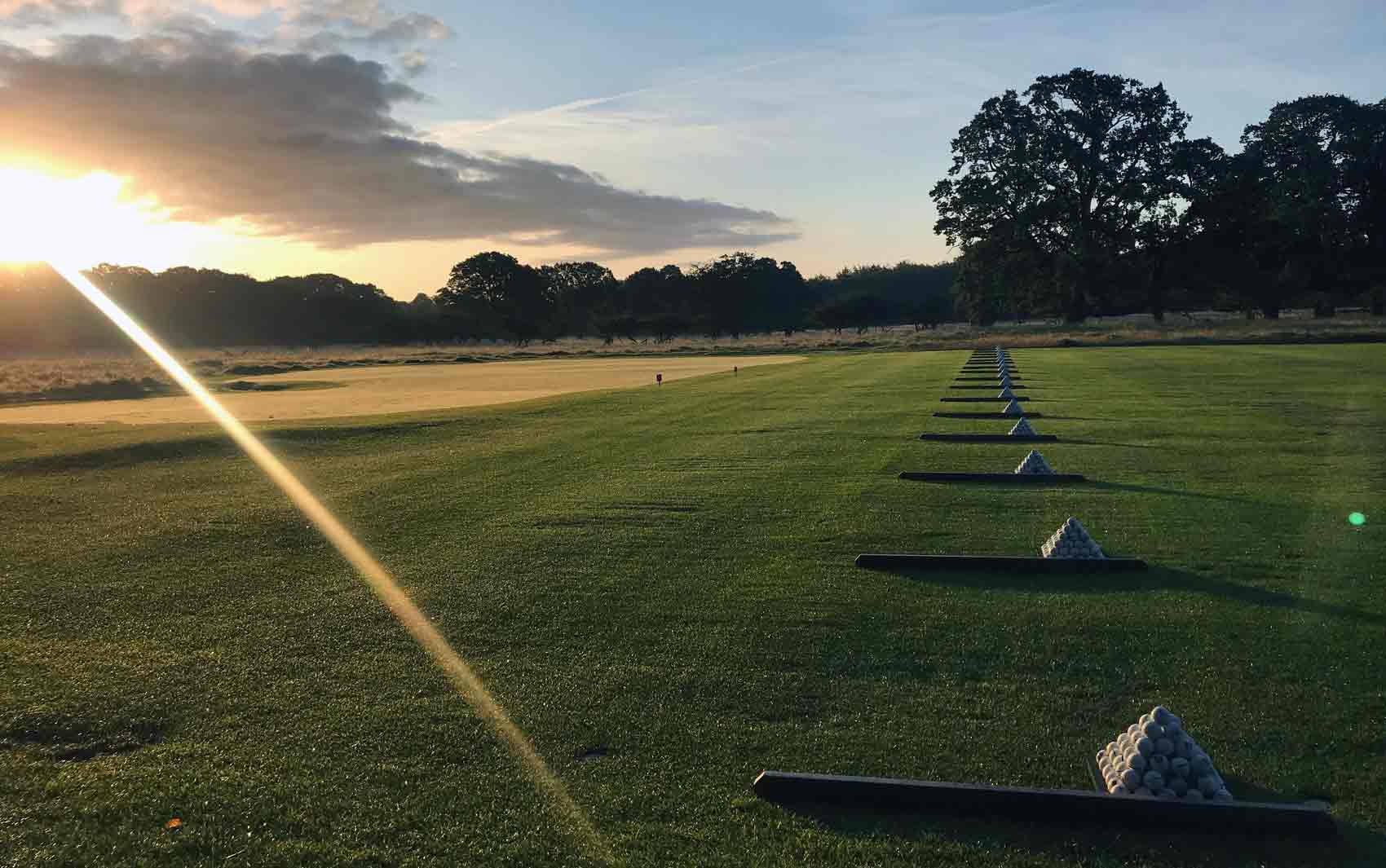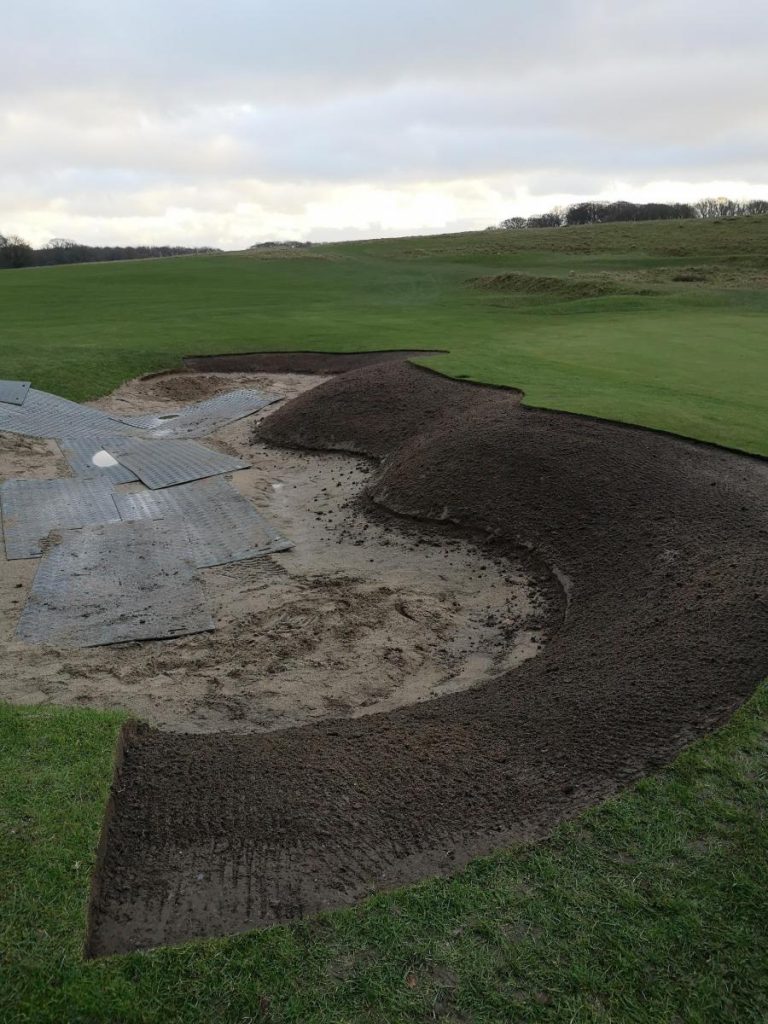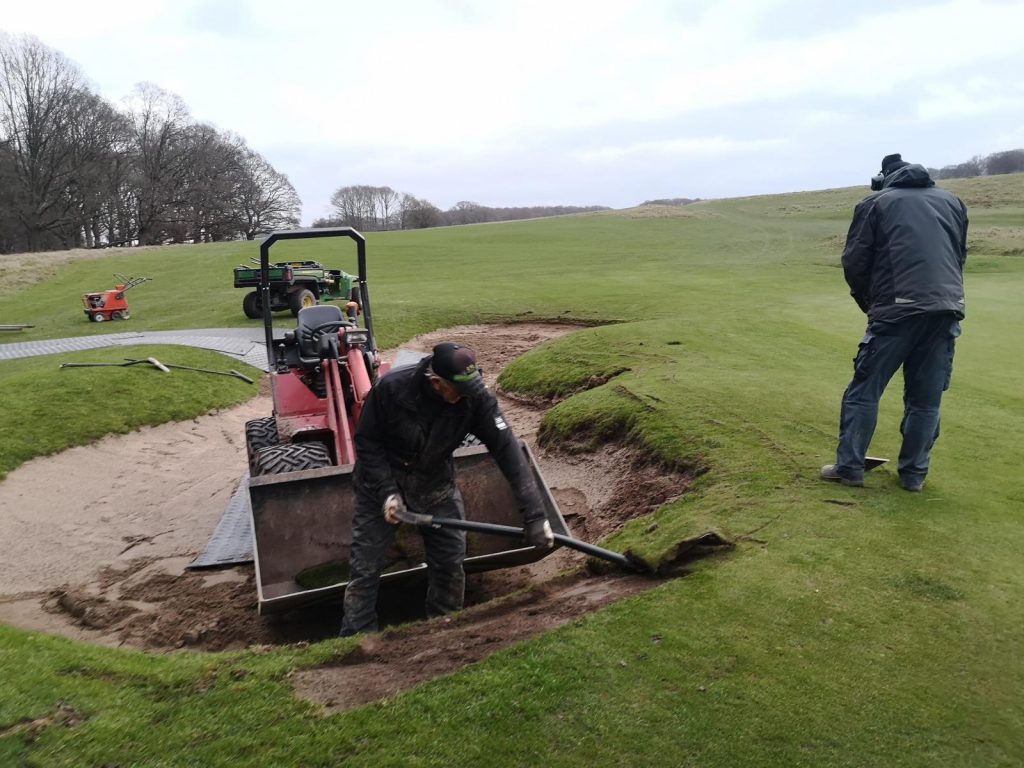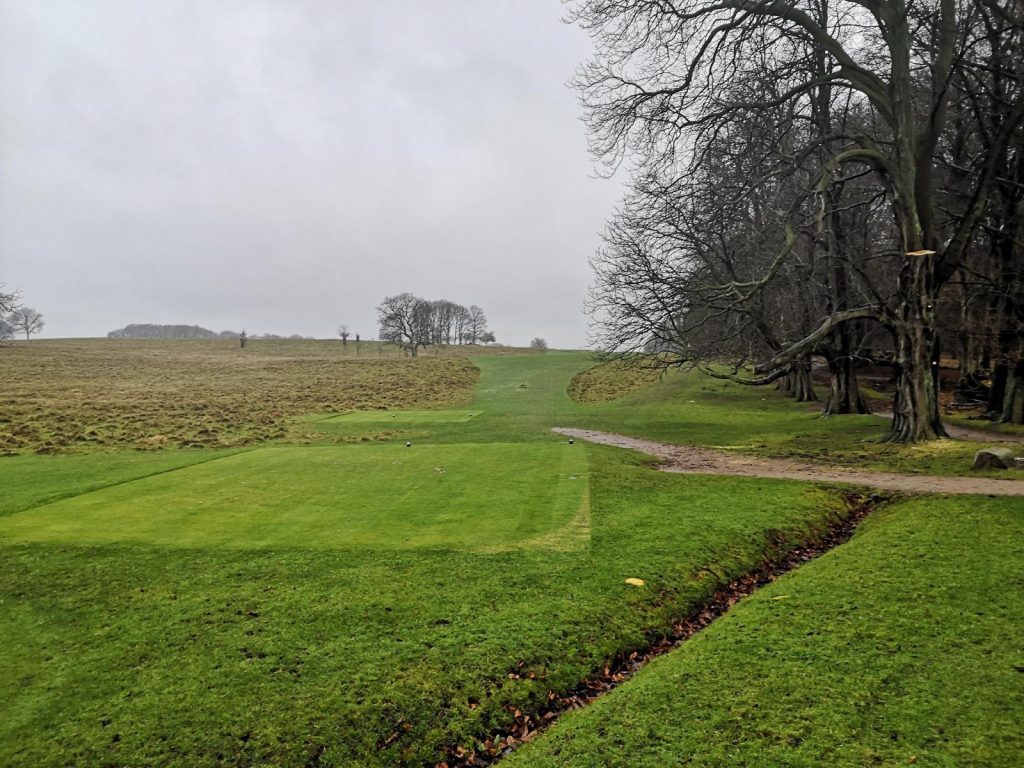We are now well into the last month of the year.
Despite a previous announcement of flags on the greens until December 20th, we are now forced to reverse this decision. The presence of flags on the greens will be on an ad-hoc basis from Wednesday December 11th. The greens will be kept open as in previous winter seasons.
It is the constant amounts of rainfall that cause the wear and tear on the course, especially around the tees and greens, to be too great. The course handles the water well and the greens are still in good condition for the season. But winter play is hard on the grass and we have until mid-April before it starts to grow again and repair the wear and tear that has occurred during the winter.
You can definitely make a difference in how we get through the winter:
a) put the turf back in your teeing ground. Fairways in particular become uneven if the turf is not put back in place.
b) straighten your tee mark. Too many players don't straighten their tee mark during the off-season.
c) Keep your distance from the greens and green surroundings. Wheels and footprints wear down and lots of soil and mud are thrown off onto the fine grass areas.
d) Put the plug back in the hole when your ball has finished putting.
The greenkeepers keep the greens playable throughout the winter by repairing deer damage, correcting impact marks and by misting the greens to reduce disease pressure. In addition, the greens are tumbled approximately once a week to maintain playability, but again to reduce disease pressure, which is a key task on a pesticide-free golf course.
Our annual winter renovation of worn bunkers is progressing more slowly than in previous years because the conditions on the course have meant that, despite the heavy rain, the focus has been on general maintenance tasks on the course. But it is slowly moving forward. Please note that greenkeepers leave some driving plates in the bunkers throughout the winter. It is not out of forgetfulness that these gray plates are left, but we do it to reduce the deer's desire to dig in the newly laid turf on the newly renovated bunkers. It is a method of getting through the winter gently.
The forest's tree specialists have removed a dangerous trunk on a chestnut tree by the 2nd tee. The trunk would have hit either the road or the tee on the day it decided to lie down. Now that the trunk is gone, it is nice to see that the space on the right side of the tee has become a little better than before. The forest will carry out similar efforts during the winter along the north side of the course, where risk trees could hit forest guests such as golfers.




